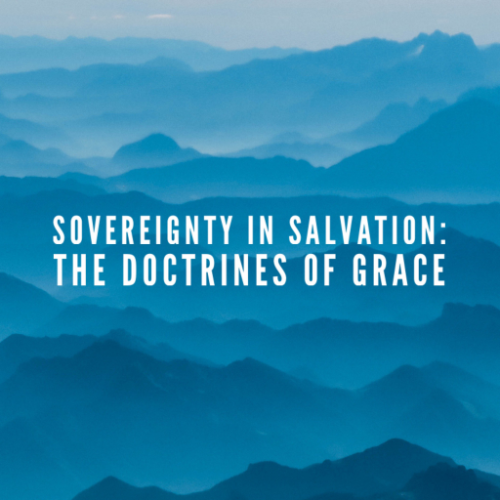
- Written by Steven Amis
In our last blog, we discussed the miracle of regeneration. To summarize the main point concerning how regeneration relates to the doctrine of irresistible grace, regeneration is the means that God has chosen in our lives to bring about a genuine willingness to be drawn to His saving grace. Non-reformed Christian circles have a strong tendency to emphasize the fact that God doesn’t save anyone in such a way that sinners are being forcibly dragged into the kingdom of heaven kicking and screaming. However, this is a strawman argument against the Calvinistic teaching concerning regeneration because God doesn’t “force” you to choose Christ any more than He would “force” you to use jelly instead of honey in your peanut butter sandwich.
- Written by Steven Amis
When we study our Lord Jesus Christ in the four gospels (Matthew, Mark, Luke, and John), one of the first things that stands out for many Christians is the countless miracles that accompanied His life and ministry. Even His birth is accompanied by a great miracle that the Holy Spirit performed in conceiving a child in the womb of a virgin by the name of Mary, and that the Child she bore was none other than Immanuel (“God with us”). When Jesus began His earthly ministry, He was voluntarily baptized by John, and as He was coming up out of the water, another great miracle took place. As the gospel writer recorded, “After being baptized, Jesus came up immediately from the water; and behold, the heavens were opened, and he saw the Spirit of God descending as a dove and lighting on Him, and behold, a voice out of the heavens said, ‘This is My beloved Son, in whom I am well-pleased.’” (Matthew 3:16-17).
- Written by Steven Amis
For the past several weeks, we have with due diligence considered what the Bible teaches us concerning atonement and why Christ’s atonement is necessary for our salvation. In the Old Testament, the animal sacrifices that were offered as burnt offerings to atone for sin foreshadowed the bloody and substitutionary nature of Christ’s atonement. The sacrifices that were performed in the tabernacle, under the Aaronic priesthood, according to the Mosaic Law, and on behalf of the Israelites, foreshadowed the particularity of that ultimate atonement. Mankind has sinned against a holy God, and because of that, a payment of death is required. Lest we bear the eternal punishment ourselves, we need an atonement for our sin, a lamb that is without blemish. We need a high priest who can offer up the perfect sacrifice that would not just cover up our sin as the Old Testament sacrifices did, but to be a once-for-all sacrifice that would be acceptable to God on behalf of God’s chosen people. Jesus Himself is our great High Priest, who offered up Himself as our perfect sacrifice. He is the Lamb of God who is without blemish and “…was delivered over because of our transgressions, and was raised because of our justification” (Romans 4:25).
Read more: What Christ’s Atonement Accomplished for the Elect

